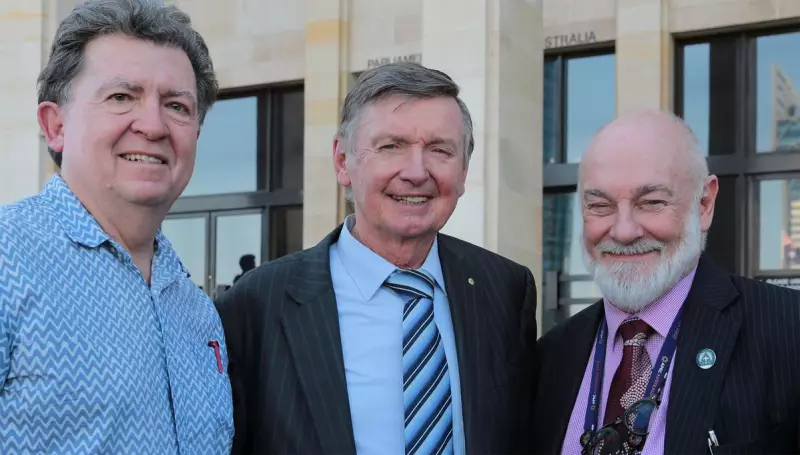
Sharp Rise in VAD Cases Puts Strain on WA's Healthcare System
Western Australia is witnessing a significant increase in people choosing voluntary assisted dying, with new data revealing a 65% surge in the past financial year. This dramatic uptick has sparked serious concerns about whether there are enough trained medical staff to meet the growing demand for these end-of-life services.
By the Numbers: Understanding the VAD Increase
According to the most recent annual report from the Voluntary Assisted Dying Board, nearly 500 West Australians ended their lives through VAD in the 2024-25 financial year. This figure marks a substantial rise from the less than 300 recorded in the previous 12 months.
This represents the highest number of deaths under WA's VAD laws since the process became legal in 2021. The current total is more than a 150% increase compared to the scheme's first full year of operation.
Deaths through VAD now account for 2.6% of all deaths in the state, up from 1.6% in the 2023-24 period. The rates of VAD use vary considerably across different regions, with more than one in 20 deaths in the Mid West occurring through VAD, while the process makes up 4.5% of deaths in the South West.
Workforce Crisis Looms as Practitioner Numbers Lag
The annual report issued a stark warning about the sustainability of the current system, noting that insufficient practitioners have registered to administer the VAD process. The board explicitly stated that current practitioner numbers are not considered feasible or safe.
Currently, 152 medical and nurse practitioners are trained to administer VAD across Western Australia. While this represents a 54% increase from 2021-22, experts argue it's not enough to handle the rapidly growing caseload.
Steve Walker, President of Dying With Dignity WA, expressed surprise at the extent of this year's increase. I was surprised to see that the annual increase against last year has been so high, Mr Walker commented. We're not surprised to see that the number of people using the scheme is going up and up, we expected that as more and more people become aware of it and want to use it.
The report highlighted burnout and fatigue of the existing workforce as a significant risk to the sustainability of voluntary assisted dying services in WA. Recruitment of additional practitioners should be addressed as a matter of priority to address this risk, the report urged.
Mr Walker identified existing registration rules as a major barrier, particularly the requirement for practitioners to provide referees. The number of practitioners who take on the load in doing VAD work, it's always been a problem, he said. We have always felt this is a disincentive to interested medical and nurse practitioners.
Looking forward, Mr Walker advocates for broadening VAD access to include people with dementia and those not facing an immediate terminal prognosis, noting that other jurisdictions like Quebec, Canada, already offer broader options. The main concern expressed to us is that it's not wide enough, he stated.
As Western Australia grapples with this rapidly evolving aspect of end-of-life care, the urgent need to address workforce shortages remains paramount to ensuring safe and accessible services for those seeking voluntary assisted dying.





